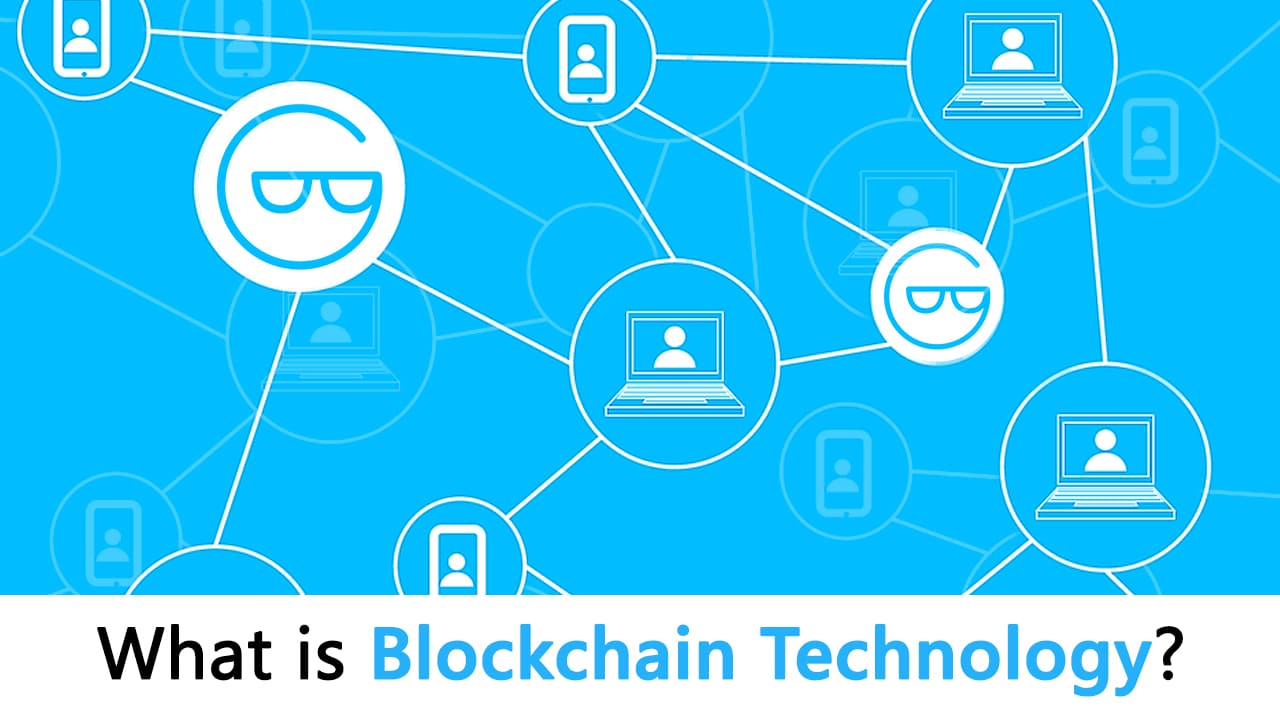Blockchain technology has gained significant attention in recent years for its potential to revolutionize various industries. But what exactly is blockchain? In simple terms, blockchain is a decentralized and distributed digital ledger that records transactions across multiple computers. Its name comes from the way it stores transaction data in blocks linked together to form a chain.
Contents
How Blockchain Works

Each block in the blockchain contains a unique identifier called a hash, timestamped batches of transactions, and the hash of the previous block. This linking of blocks creates a transparent and tamperproof system where transactions are recorded and confirmed in a secure manner.
Key Concepts Behind Blockchain
- Shared Ledger: A shared ledger is an “append-only” distributed system of record shared across a business network. It eliminates the duplication of effort found in traditional business networks by recording transactions only once.
- Permissions: Blockchain ensures that transactions are secure, authenticated, and verifiable. It allows organizations to comply with data protection regulations, such as HIPAA and GDPR, by constraining network participation.
- Smart Contracts: Smart contracts are agreements or sets of rules stored on the blockchain. They are executed automatically as part of a transaction, ensuring transparency and efficiency.
- Consensus: Consensus is the mechanism by which all parties agree on the validity of a transaction. Blockchain networks employ various consensus mechanisms, such as proof of stake and practical Byzantine fault tolerance, to ensure the integrity of the system.
Participants in a Blockchain Network
A blockchain network consists of various participants with specific roles:
- Blockchain Users: These participants, typically business users, have permissions to join the network and conduct transactions with other participants.
- Regulators: Regulators are blockchain users with special permissions to oversee and monitor transactions within the network, ensuring compliance with regulations.
- Blockchain Network Operators: These individuals have the authority to define, create, manage, and monitor the blockchain network. They play a crucial role in maintaining the network’s functionality.
- Certificate Authorities: Certificate authorities issue and manage the different types of certificates required to run a permissioned blockchain. They ensure the authenticity and security of transactions within the network.
Blockchain’s distributed nature and transparency make it an ideal technology for enhancing security, reducing fraud, and streamlining processes in various industries, such as finance, supply chain management, and healthcare.
To learn more about the exciting potential of blockchain technology, visit Virtual Tech Vision.
FAQs
Q: Can blockchain technology be tampered with?
A: In theory, blockchain is tamperproof due to its linking blocks and hash functions. However, like any technology, its security is only as strong as its implementation. Proper security measures must be in place to ensure the integrity of the blockchain network.
Q: Are all blockchain networks public?
A: No, blockchain networks can be either public or private. Public blockchains are open to anyone, while private blockchains limit access to specific participants.
Conclusion
Blockchain technology has the potential to transform industries by providing secure and transparent systems for recording transactions. With its shared ledger, permissions, smart contracts, and consensus mechanisms, blockchain offers a new way to conduct business with increased efficiency and trust. As the technology continues to evolve, we can expect to see further advancements and applications of blockchain in various sectors.








